In response to my post on Chinese mass market oil paintings, Finja points me to the people’s choice of paintings:
The Most Wanted paintings, as well as the Least Wanted paintings, reflect the artists’ interpretation of a professional market research survey about aesthetic preferences and taste in painting.
Intending to discover what a true “people’s art” would look like, the artists, with the support of the Nation Institute, hired Marttila & Kiley, Inc. to conduct the first poll…
Digitized versions of the paintings and the survey statistics which inform them are made available to the public through Dia’s web site.
Pure genius. Here, according to the statistics, is the painting America wants most of all:
Why yes, that is George Washington.
Here is America’s least wanted painting:
And here, in increasing order of bizarre, are the highest common denominators in Kenya, Holland, and Italy:
One of the artists, Russian Alex Melamid, described their concept for the project as follows (ironically):
In a way it was a traditional idea, because a faith in numbers is fundamental to people, starting with Plato’s idea of a world which is based on numbers. In ancient Greece, when sculptors wanted to create an ideal human body they measured the most beautiful men and women and then made an average measurement, and that’s how they described the ideal of beauty and how the most beautiful sculpture was created.
In a way, this is the same thing; in principle, it’s nothing new. It’s interesting: we believe in numbers, and numbers never lie. Numbers are innocent. It’s absolutely true data. It doesn’t say anything about personalities, but it says something more about ideals, and about how this world functions. That’s really the truth, as much as we can get to the truth. Truth is a number.
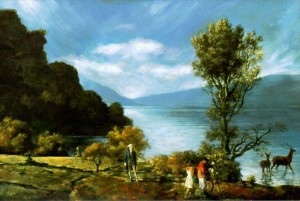
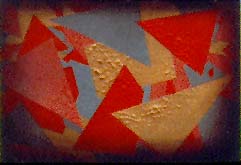
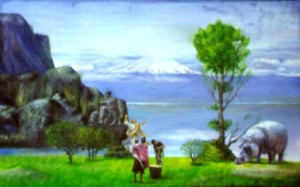
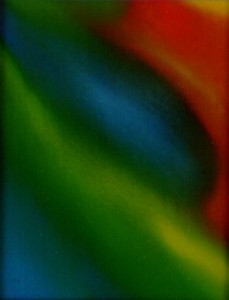
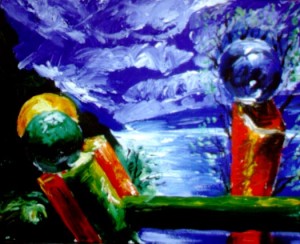

5 Responses
Italy’s least wanted cracked me up: Elvis, Power Ranger and a naked dude. Yeah…I wouldn’t want that either.
Well if the answer to life is 42, then perhaps truth is also a number ;)
The same guys did this for music. The most unwanted song features an operatic soprano rapping over cowboy music featuring bagpipes and tuba while children sing about holidays and advertise for Wal-Mart.
Listen and read more: http://www.wired.com/listening_post/2008/04/a-scientific-at/